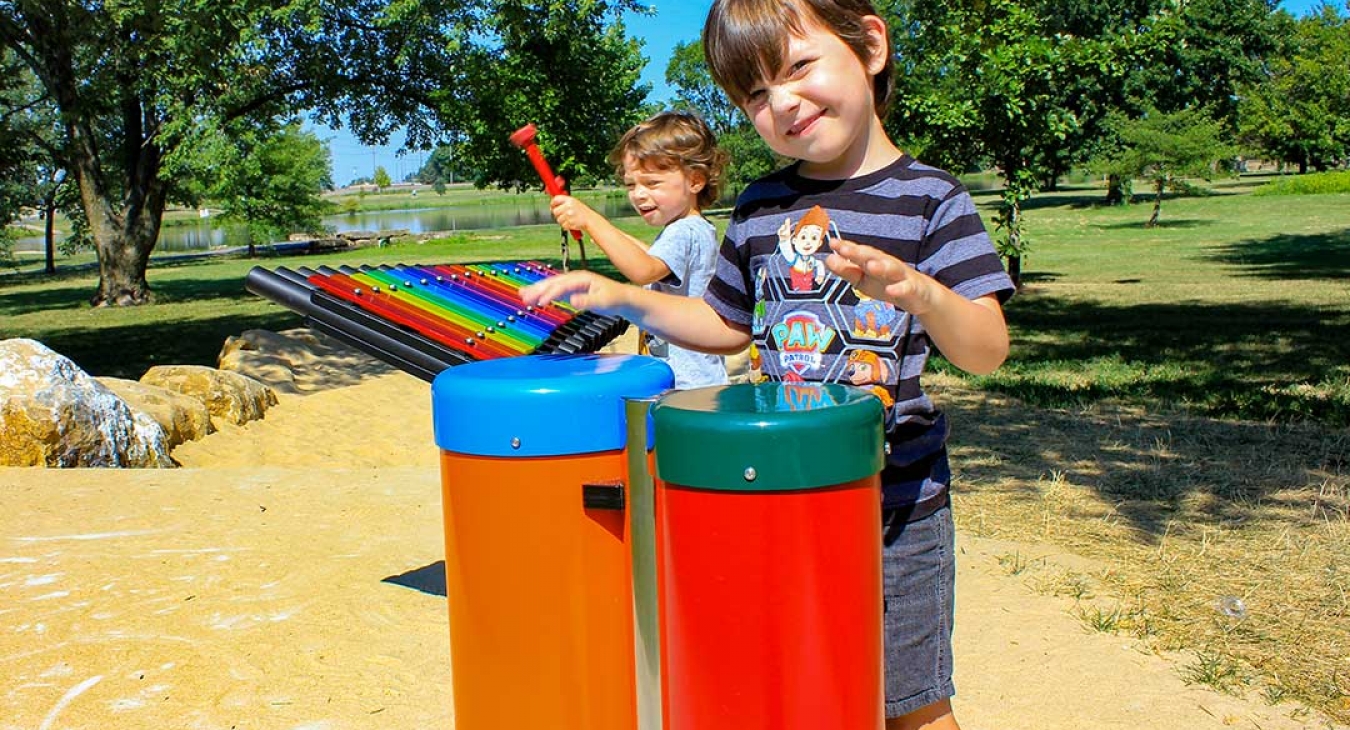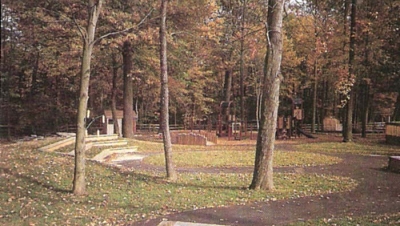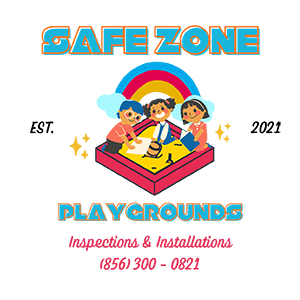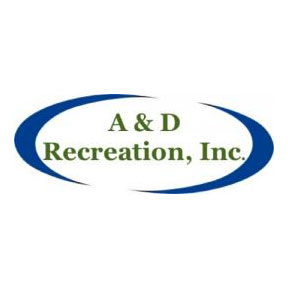Adding music to the playground offers a fantastic sensory and social experience for all ages and all abilities.
For play equipment consultants, designing the perfect playground is based on one very important element, listening. Really listening to what a customer envisions enables them to produce a unique design that meets, and exceeds, the vision.
First Step: Explore and Listen.
Play equipment consultants may start the design process with two fundamental questions: what is the vision for the playground? Who is the community of people the playground will serve? Understanding these factors, as well as the following, enables them to deliver a successful project.
Level Set. Playground design consultations typically discuss the safety and compliance of play equipment early in the process. Risk should also be part of this discussion because the appropriate amount of risk is important to child development. Hazards, on the other hand, must be eliminated.
- Climbing equipment, such as climbing rocks or 3-dimensional rope play, may look riskier. But climbing is one of the best activities for cognitive and physical development.
- Spinning is important for proper brain development. Because it is a highly active area, it should be placed where it won’t cause accidents.
Customers need to see the difference between risks and hazards, understanding that safety always comes first. This helps determine what equipment will best fit the customers’ playground vision while keeping kids be safe and challenged.
Specific ages and abilities. What ages will use the playground? How many kids will be on the playground at any one time? What (dis)abilities will the playground need to accommodate?
Playground space/location. Are there already accessible paths to the playground or will these need to be included in the design? Is there enough room for required use zones as designated by ASTM and CPSC? Does the slope and soil conditions allow for proper drainage?
Environment. Will the sun or other environmental elements impact the way equipment is arranged? Are there manmade or natural features that need to be included in the design?
Play Equipment. What accessibility/inclusivity requirements are there? What critical fall height is appropriate and comfortable for the customer? Are rope play equipment, performance boulders, and rocks a good fit? Can outdoor music and other sensory type equipment be included?
Second Step: Create
This is where it all comes together. At a high level, it’s time to identify the different types of activities, plot the activities on a ‘bubble diagram’, and choose the equipment to create a playground for the age groups, fitness, and ability levels identified.
Types of Activities. Start with a foundation of the seven elements of play – swinging, climbing, brachiating, balancing, sliding, sensory, and spinning. Why? Because these activities help children with physical development plus cognitive, adaptive, social, and emotional development. If space and budget allow, include all seven elements, and offer different options.
If this isn’t possible due to a space issue or even an insurance issue, the consultant can help determine what activities are most beneficial for the age group and abilities on the playground.
Bubble Diagram. This is a fantastic tool to identify different types of activities and how they relate to each other and the playground environment. It identifies where activities can go and how much general space there is to work with. For instance:
- High activities, such as spinning, should be placed away from playground entry points to help avoid accidents.
- Certain equipment, such as swings, take up a large amount of space because of required use zones so plan for this equipment first.
- Music, an auditory experience, should be placed far enough away so that it doesn’t bother anyone inside the school.
- It’s best to keep artistic activities that may require water or clean-up closer to the school.
Ease of supervision should always be an important consideration when working through the playground design and layout.
Universal play. Meeting accessibility guidelines according to the Americans with Disabilities Act is a legal responsibility. But making the playground a universal play experience should be the ultimate goal of the playground no matter how big or small. A child with a physical disability might enjoy different activities than children with autism or a sensory processing disorder. Bottom line, ensure the playground serves children of all ages and abilities.
Keep in mind, play value can be added in unique ways such as adding a small mound and linking it into the play equipment or incorporating the surrounding terrain by utilizing berms and tunnels. Children love to run up and down and roll or slide down a slope.
Create a Play Experience
While designing the playground, remember that children need play environments that challenge, and even pose a degree of risk. These activities can help build physical muscle tone and strength as well as test their abilities. And, just as important are all the cognitive benefits including learning cause and effect.
Creating the perfect playground means planning for different age groups and different abilities then creating different play experiences that challenge kids to explore, learn, and interact with each other.




















Add new comment